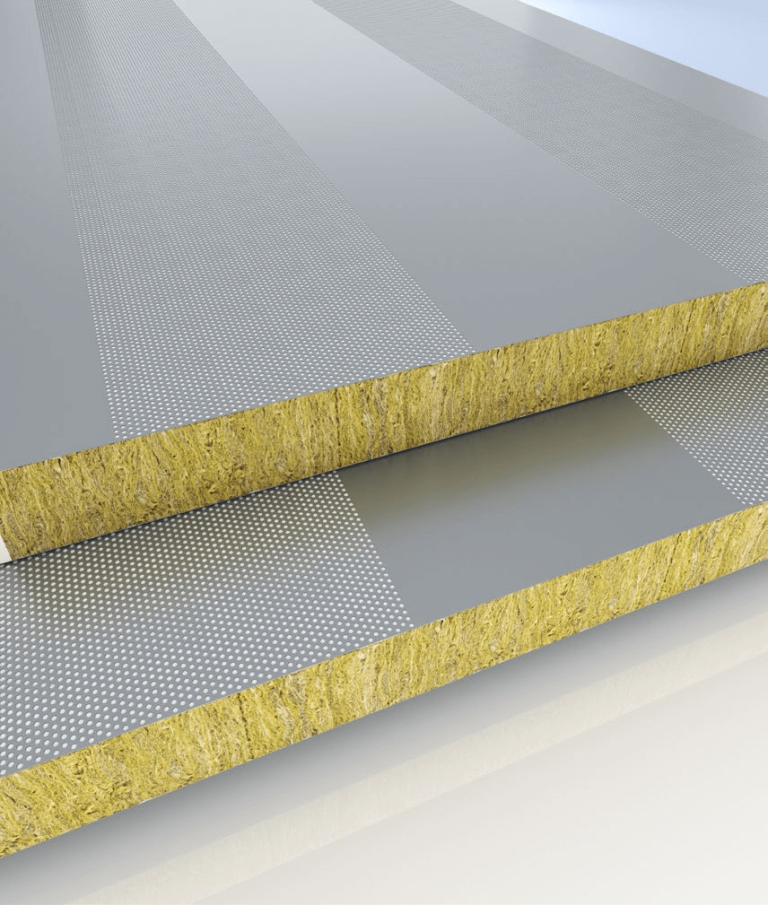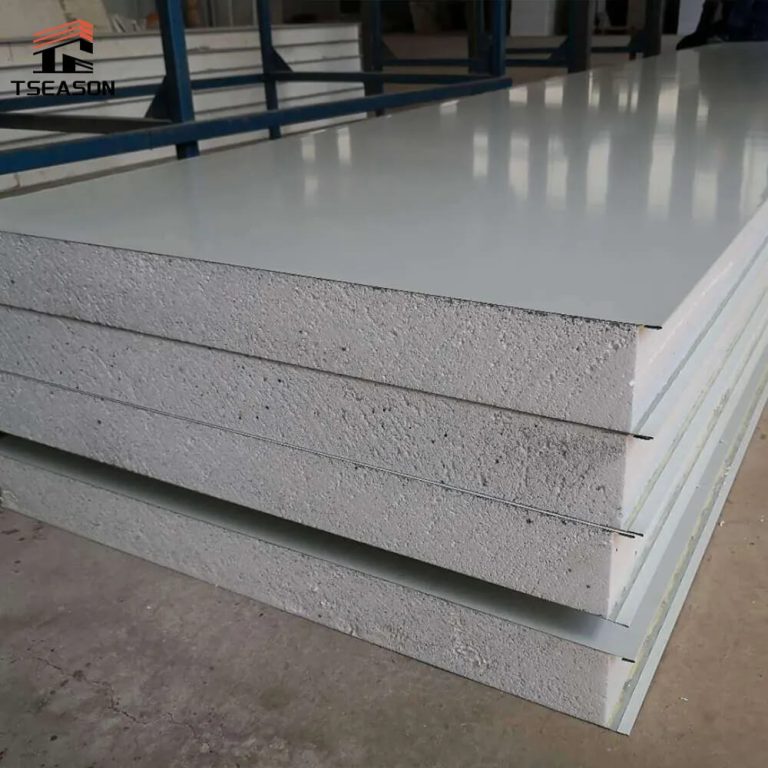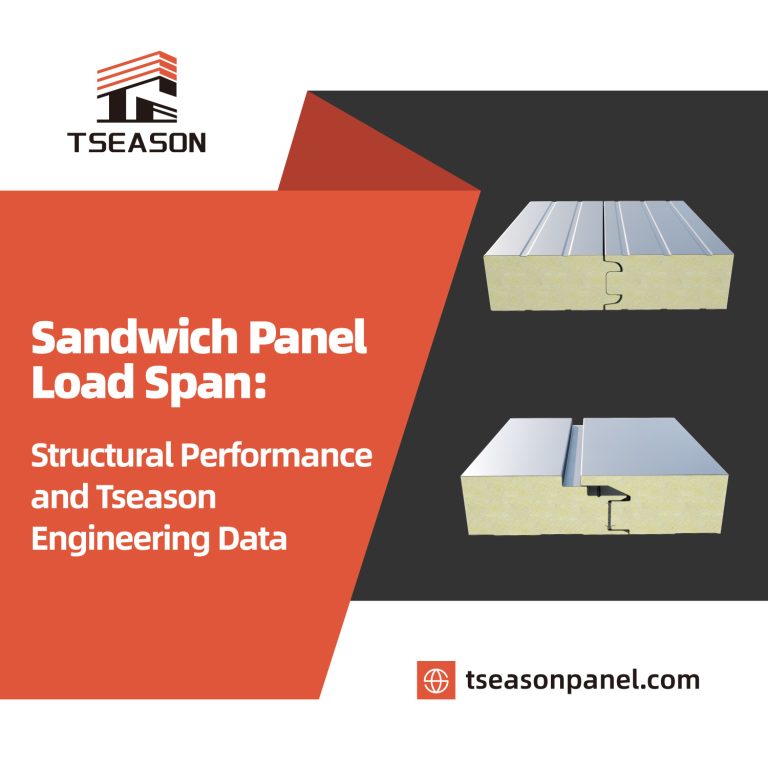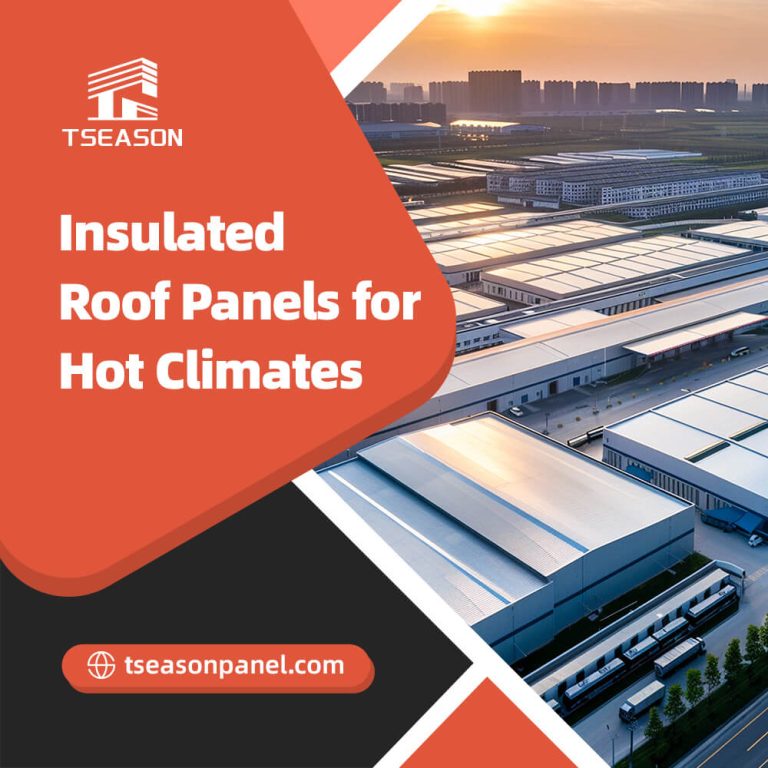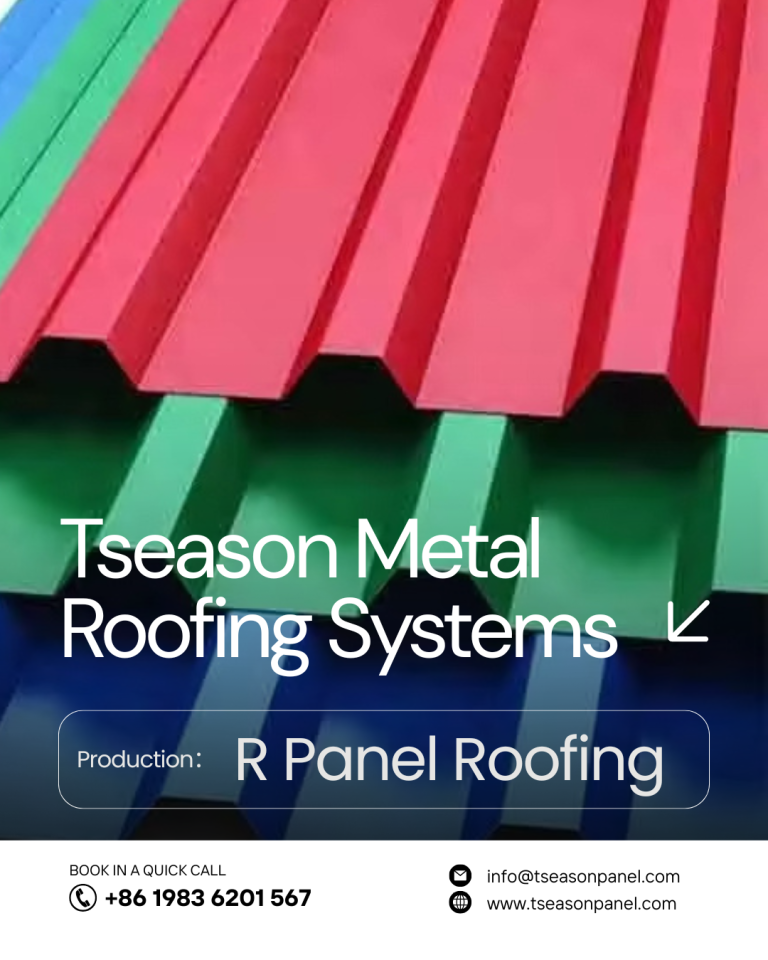How to Choose the Right Coating for Sandwich Panels? A Complete Guide to Polyester, SMP, and PVDF
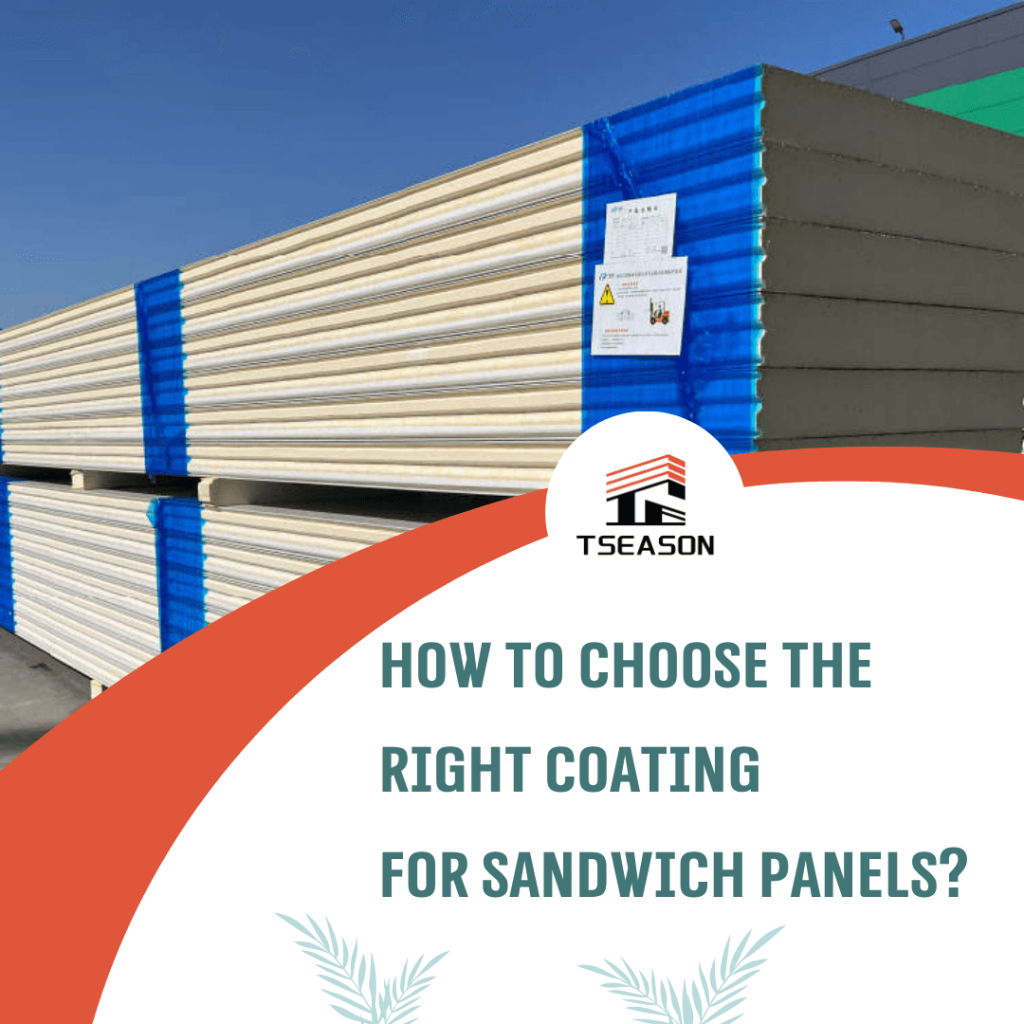
Sandwich panels are vital building materials used in various industries, from roofing and wall cladding to industrial and commercial structures. One of the critical factors influencing their durability, appearance, and performance is the coating material applied to their surface. Among the most popular options are Polyester (PE), SMP (Silicone Modified Polyester), and PVDF (Polyvinylidene Fluoride). In this article, we will explore each coating's main applications, advantages, and disadvantages, helping you make an informed choice for your construction needs.
Polyester (PE) Coating
Main Application
Polyester (PE) coating is widely used in building facades, roofing, and interior wall panels. Its versatility makes it a preferred choice for projects requiring good aesthetic appeal and moderate weather resistance. PE coatings are also common in interior decorative panels and industrial applications where cost-effectiveness is a priority.
Advantages
Cost-Effective: Polyester coatings are generally more affordable compared to other coating options, making them a popular choice for large-scale projects.
Good Outdoor Durability: PE offers decent resistance to sunlight (UV rays), rain, and general weather conditions, suitable for regions with a moderate climate.
Vivid Color Range: PET coatings can be produced in a wide array of colors, enhancing aesthetic flexibility.
Ease of Application: The coating process is straightforward, allowing for efficient manufacturing and maintenance.
Disadvantages
Limited UV Resistance: While suitable for many outdoor applications, extended exposure to strong sunlight may cause fading over time.
Lower Weather Resistance: PE is less resistant to harsh environmental conditions, such as acid rain, extreme UV radiation, and pollution, than more advanced coatings like PVDF.
Less Scratch and Chemical Resistance: It can be prone to scratches and chemical attacks, which may compromise the panels' appearance and longevity.
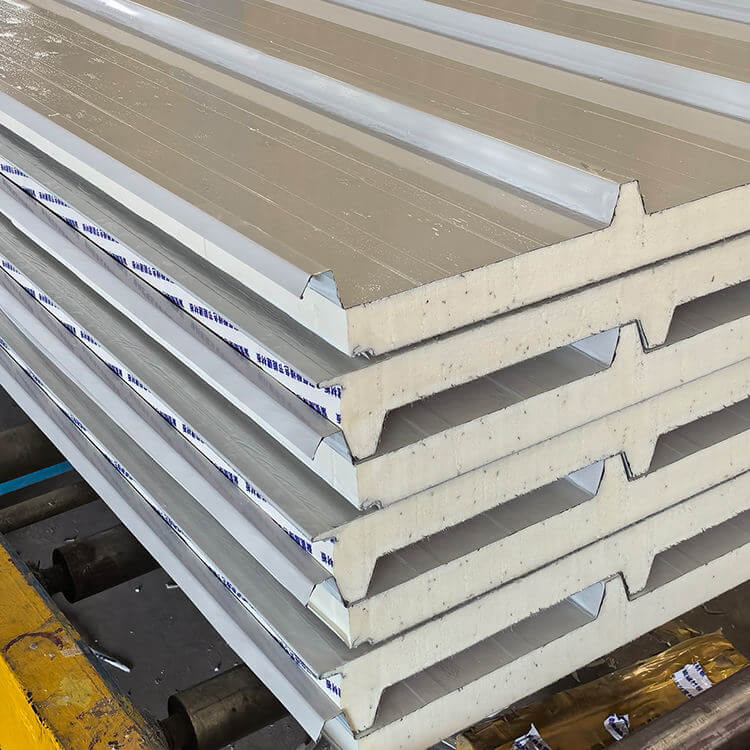
SMP (Silicone Modified Polyester) Coating
Main Application
SMP coating is often used in roofing, wall panels, and interior applications where a balance of appearance and durability is required. It is suitable for environments with moderate exposure to sunlight and weather, such as commercial buildings, warehouses, and industrial facilities.
Advantages
Enhanced UV Resistance: SMP coatings demonstrate better resistance to UV rays than standard polyester, helping maintain color vibrancy and gloss for longer periods.
Good Weatherability: They have improved resistance to moisture, corrosion, and atmospheric pollution, making them ideal for outdoor applications.
Aesthetic Quality: SMP offers a smooth, glossy finish with excellent color retention, contributing to a modern and attractive appearance.
Cost-Effectiveness: It offers a middle ground between polyester and PVDF in terms pricing, providing a durable yet affordable solution.
Disadvantages
Moderate Durability: Although improved over PE, SMP coatings may still degrade over decades, especially under intense or prolonged UV exposure.
Limited Chemical Resistance: SMP coatings are less resistant to aggressive chemicals and acids compared to PVDF, limiting their use in highly corrosive environments.
Potential for Yellowing: Over extended periods, some SMP coatings may develop a yellowish hue, affecting aesthetic appeal.
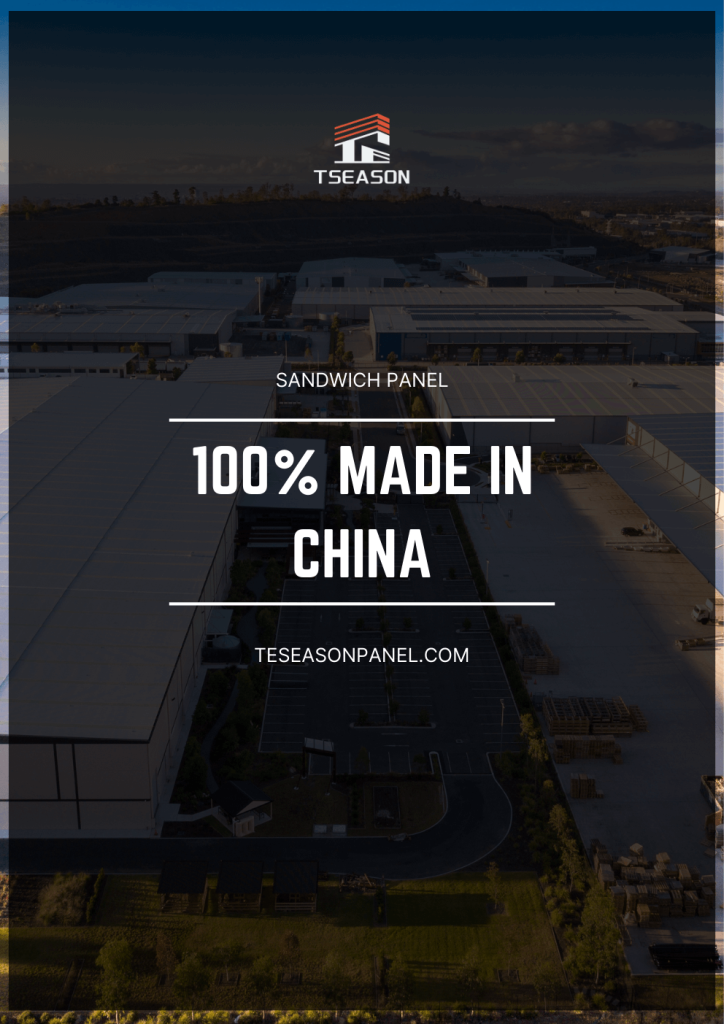
PVDF (Polyvinylidene Fluoride) Coating
Main Application
PVDF coatings are considered premium finishes and are predominantly used in high-end applications such as iconic landmarks, airports, stadiums, and corporate headquarters. They are especially favored in environments with intense sunlight, pollution, or corrosive influences, like coastal regions or industrial complexes.
Advantages
Exceptional Weather Resistance: PVDF coatings provide outstanding resistance to UV radiation, rain, snow, and pollution, ensuring long-term color retention and gloss.
Superior Chemical and Corrosion Resistance: Their ability to withstand aggressive chemicals and pollution makes them suitable for harsh environments, especially in coastal or industrial settings.
Long Service Life: PVDF coatings often last 25 years or more without significant fading, peeling, or chalking.
Aesthetic Appeal: They offer a smooth, high-gloss finish with vibrant, long-lasting colors, often used to create visually striking facades.
Disadvantages
Higher Cost: PVDF coatings are more expensive due to their high-performance materials and complex manufacturing process.
Application Complexity: The coating application requires specialized equipment and expertise, increasing installation costs.
Limited Color Range: While durable, PVDF coatings generally have a narrower color palette compared to PE, limiting design flexibility.
Environmental Concerns: The manufacturing and disposal of PVDF coatings involve handling of fluorinated compounds, raising environmental concerns.
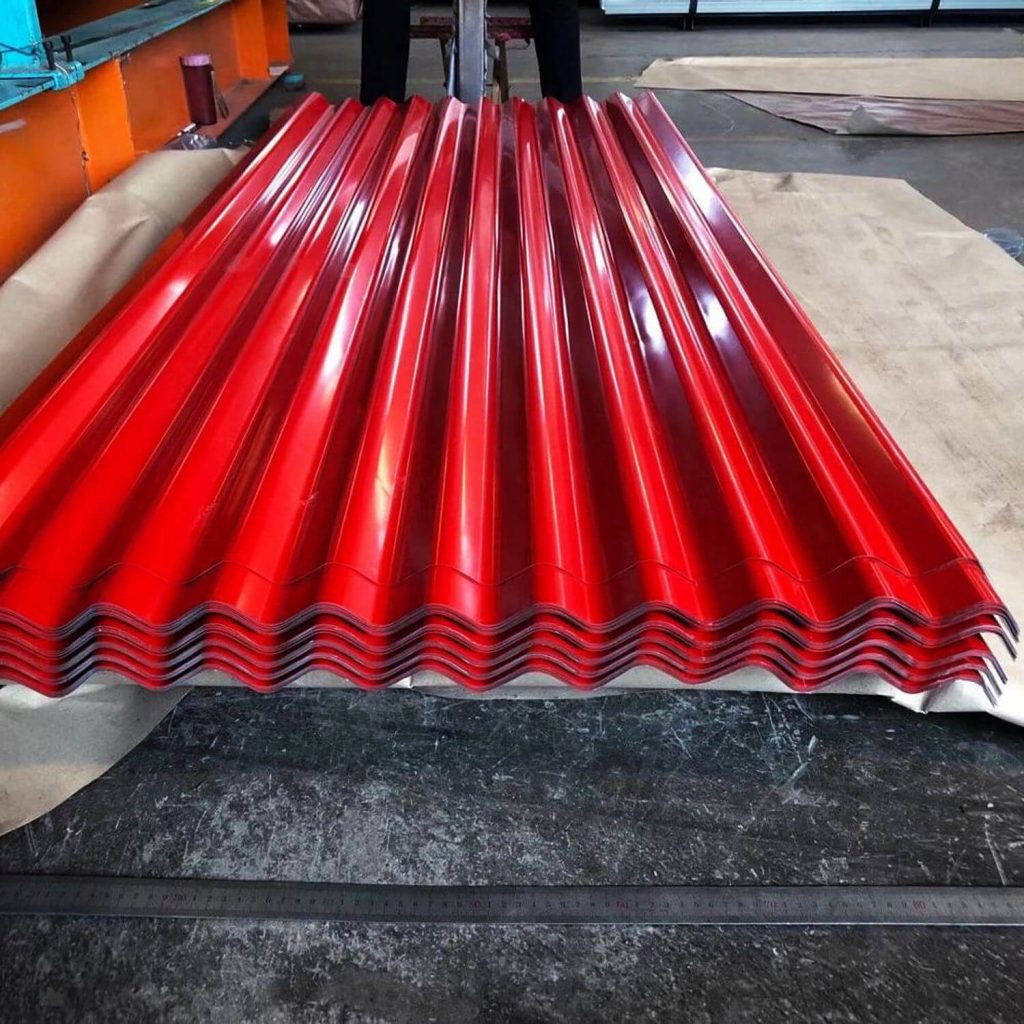
Conclusion
Choosing the right coating material for sandwich panels hinges on the specific requirements of your project — whether it's cost, appearance, durability, or environmental factors. Polyester (PE) is an economical choice suited for interior or less demanding outdoor applications. SMP offers a better balance of cost and performance, making it ideal for moderate outdoor environments. PVDF, though more expensive, provides unparalleled durability and aesthetic longevity for high-end and demanding projects.
By understanding the main applications, advantages, and disadvantages of each coating type, you can make an informed decision that ensures the longevity and beauty of your sandwich panels while aligning with your budget and environmental considerations. Henan Tseason Panel Co., Ltd. remains committed to providing high-quality, durable sandwich panels with coatings tailored to meet diverse needs, ensuring your construction projects stand the test of time.

